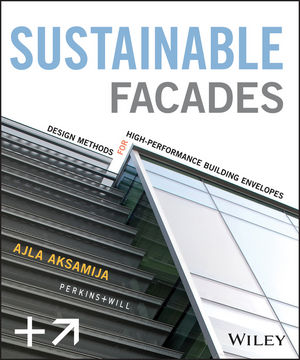Calatrava Unveils Design for Major Denver Airport Project
Architects & Firms
The $650 million project is a major expansion for Denver’s airport (1995), designed by Denver-based architect Curt Fentress and recently named one of the world’s 15 most beautiful airports by Travel and Leisure magazine. (Calatrava’s Sondika Airport in Bilbao, Spain, also made the list.) Airport officials have long wanted to build a hotel next to the terminal; the train station is the result of a $1.2 billion commuter-rail project that will link downtown Denver with the airport. The “signature” bridge, as Day calls it, will carry commuter trains over Peña Boulevard, the primary automobile route from Denver to DIA, but Calatrava also intends it to serve as a symbolic gateway between the airport and the city.
Calatrava is collaborating with Parsons Transportation Group’s Denver office and Gensler.
The architect said his biggest challenge was to design a hotel and train station complex that would complement the airport. “It is always a problem to add to an existing building,” he says. “In this case, it is an outstanding building that has become an icon.” The 825,000-square-foot hotel-train station complex is directly adjacent to the terminal’s south end and is nearly as tall as the terminal’s 126-foot-tall peaked roof. To maintain a view of the terminal from the south, Calatrava added a dramatic V-shaped saddle in the center section of the hotel, which is to be perpendicular to the terminal. The result is a narrow concrete-and-steel building that evokes wings in flight.
The open-air train station, on ground level, is covered by a dramatic vaulted glass-and-steel canopy. From the train platform, commuters can take stairs or escalators to a large plaza, lined with retail facilities and partially covered by another vaulted canopy. Travelers can then enter the hotel or proceed to the main terminal for ticketing. “The hotel’s prominent volume is defined by an undulating metal frame and white roof that emanate from the geometry of the canopy arches,” Calatrava says.
The commuter-rail crossing, located about a mile and a half from the airport, is a symmetrical, tied-arch, steel-and-concrete suspension bridge with a 620-foot span (overall length: 720 feet). A box girder deck hangs from a single arch by cables and supports flanking orthotropic decks on steel ribs, which carry the east- and west-bound rail traffic. The distance from the roadway to the top of the bridge is 144 feet. According to engineer Gabriel Calatrava, Santiago Calatrava’s son, the bridge’s deck—without train tracks—will most likely be manufactured off-site and then “launched” into place, using temporary supports to limit traffic disruptions on Peña Boulevard. Then, a crane will lift the arch into place in sections and the cables will be attached.
The bridge and hotel are expected to be completed by 2013. The train station will be completed two years later, and commuter-rail service is scheduled to begin service in 2016.
Day is counting on the hotel to generate new revenue for the airport, in the form of overnight stays, business meetings, retail, and conventions. And she also hopes Calatrava’s public spaces will lure Denverites to the airport even if they’re not flying.
“I’m hoping that when this is done,” she says, “people in Denver will take the train out to the airport on a Sunday, enjoy whatever exhibit we have programmed in the plaza, sit and have a drink, and then go home on the train.”
Calatrava agrees. “The buildings,” he says, “will create a kind of link between the city and the airport. We are almost exporting the urban quality of Denver into the airport. So that even people who spend five hours at the airport because they have a plane to catch will want to stay here.”



